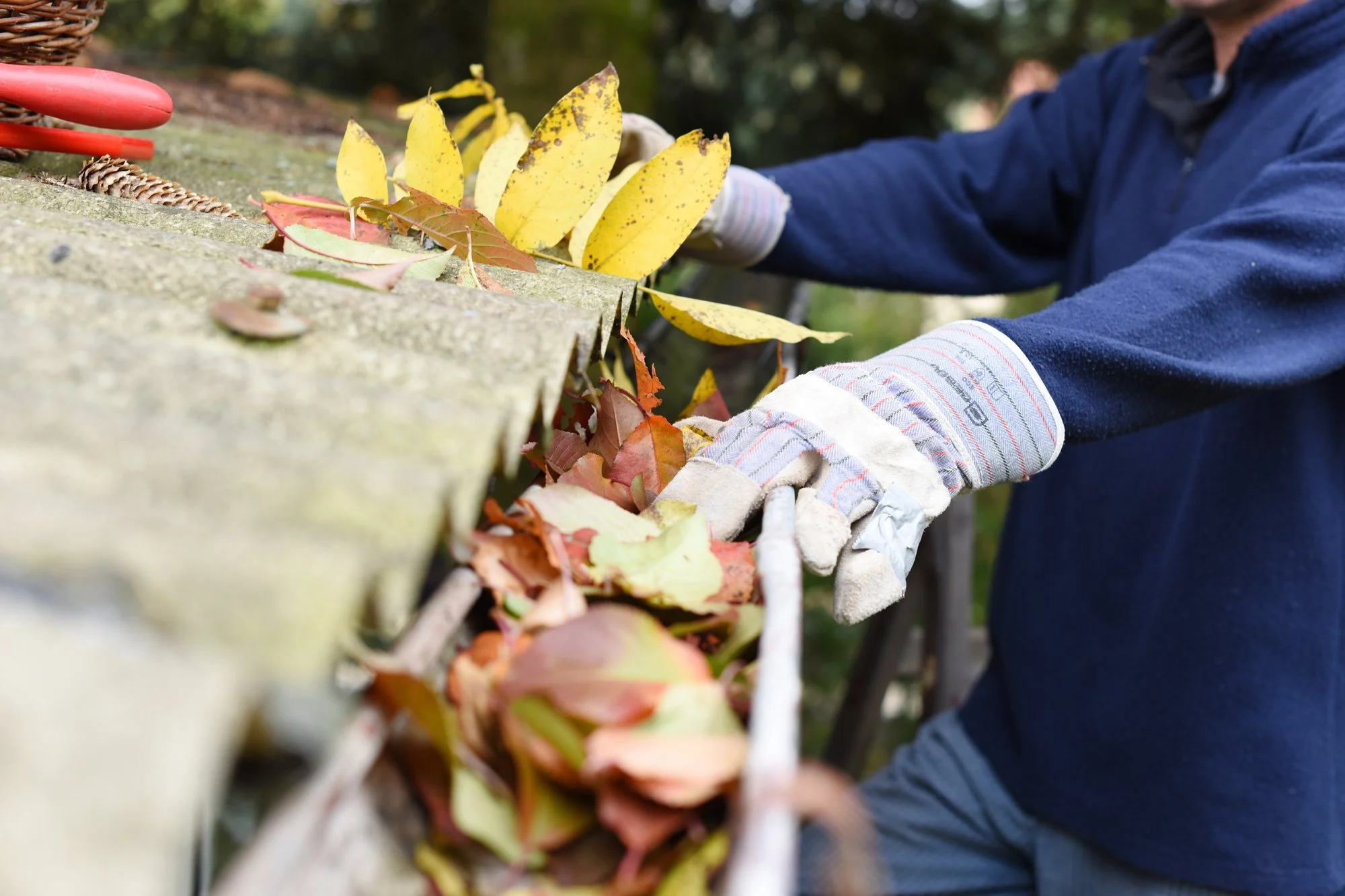7 Common Drain Types: How They Work and Maintenance Tips
RH Business Marketing Solutions
Drains play a vital role in managing wastewater and preventing water damage in various settings and preventing public sewer emergencies that require plumbers. Around the world, a diverse range of drain types is used to address specific drainage needs. Understanding how these drains work and implementing proper maintenance practices can help ensure effective drainage and prevent costly plumbing issues. This article will explore seven common drain types used, their functionality, and essential maintenance tips to keep them in optimal condition.
Public Stormwater Drains: Safeguarding Against Flooding
Public stormwater drains are an integral part of a city’s infrastructure, designed to collect and carry rainwater runoff from streets, parks, and other public areas. These drains help prevent flooding by channeling excess water away from populated regions. Maintenance of public stormwater drains is typically undertaken by local councils or relevant authorities, including regular inspections to identify and clear any debris or obstructions that may hinder water flow.
Gutter and Kerb Drains: Efficient Roadside Water Management
Gutter and curb drains are commonly found along roads and streets. They work in tandem to collect rainwater from the road surface and direct it into the stormwater system. Gutter drains are typically positioned near the edge of the road to capture water runoff, while curb drains are located along the kerb line, aiding in the swift removal of water. Regular inspection and clearing of debris from these drains are crucial to maintaining their functionality.
Subsurface Agricultural Drains: Enhancing Soil Drainage in Rural Areas
In rural areas, subsurface agricultural drains are employed to improve soil drainage and manage water levels in fields. These drains consist of perforated pipes buried underground, allowing excess water to seep into the drains and be directed away from the fields. Proper maintenance of subsurface agricultural drains involves regular inspection to ensure the pipes are clear of obstructions and occasional flushing to prevent sediment build-up.
Urban Residential Drains: Preventing Water Accumulation at Home
Residential areas rely on a network of drains to manage rainwater and wastewater from homes. These drains, often connected to the stormwater system, include roof drains, driveway drains, and garden drains. Regular maintenance practices such as cleaning gutters, removing debris from drains, and checking for any signs of blocked drains are essential to prevent water pooling, property damage, and potential health hazards.
Commercial and Industrial Drains: Specialized Systems for Efficient Wastewater Management
Commercial and industrial properties require specific drainage systems tailored to their unique needs. These can include floor drains, trench drains, and grease traps. Floor drains are commonly used in commercial kitchens and industrial settings to collect and remove wastewater. Trench drains, also known as channel drains, are employed in areas with high water flow, such as loading docks and car parks. Grease traps are essential in commercial kitchens to prevent fats, oils, and grease from clogging the drainage system. Regular maintenance, including cleaning and inspection, is critical for these drains to ensure proper functionality and compliance with local regulations.
Treatment Plant Drains: Proper Disposal of Treated Wastewater
Treatment plant drains are associated with wastewater treatment facilities, responsible for carrying treated wastewater away from the plant for discharge or further processing. These drains play a crucial role in environmental protection. Maintenance of treatment plant drains requires periodic inspection, cleaning, and adherence to established protocols to prevent blockages and ensure proper flow.
Natural Watercourse Drains: Harnessing the Power of Nature
Certain areas utilize natural watercourses, such as rivers, creeks, and streams, as drainage pathways. These watercourses are essential for managing excess water during heavy rainfall events. While maintenance of natural watercourse drains falls under the
jurisdiction of environmental and water management authorities, individuals living near these watercourses should be vigilant about preventing pollution and debris build-up that could obstruct the natural flow of water. This includes responsible waste disposal and avoiding dumping or littering near these watercourses.
Maintenance Tips for All Drain Types
Regardless of the specific drain type, there are some general maintenance tips that apply to all drains:
Regular Inspection: Periodically inspect your drains for signs of blockage, such as slow drainage or foul odours. Promptly address any issues to prevent further damage or potential health hazards.
Clear Debris: Remove any leaves, dirt, or other debris that may accumulate around the drains, especially during the fall season. This will help prevent clogs and ensure unobstructed water flow.
Avoid Foreign Objects: Avoid disposing of non-biodegradable items, grease, food scraps, or chemicals down the drains. These substances can cause blockages and lead to costly repairs.
Flushing with Water: Periodically flush your drains with hot water or a mixture of baking soda and vinegar to remove minor blockages and eliminate odours.
Professional Maintenance: Consider hiring professional plumbers or drainage experts to perform regular maintenance and inspections for complex drainage systems or large-scale properties.
Understanding the different drain types and their maintenance requirements is crucial for efficient water management and the prevention of plumbing issues. By implementing proper maintenance practices, such as regular inspections, debris clearance, and responsible waste disposal, you can ensure that your drains function optimally, safeguarding your property from water damage and contributing to a healthier environment.
Remember, while general maintenance tips are provided here, it's important to consult local regulations and guidelines specific to your area for proper drain maintenance practices.

